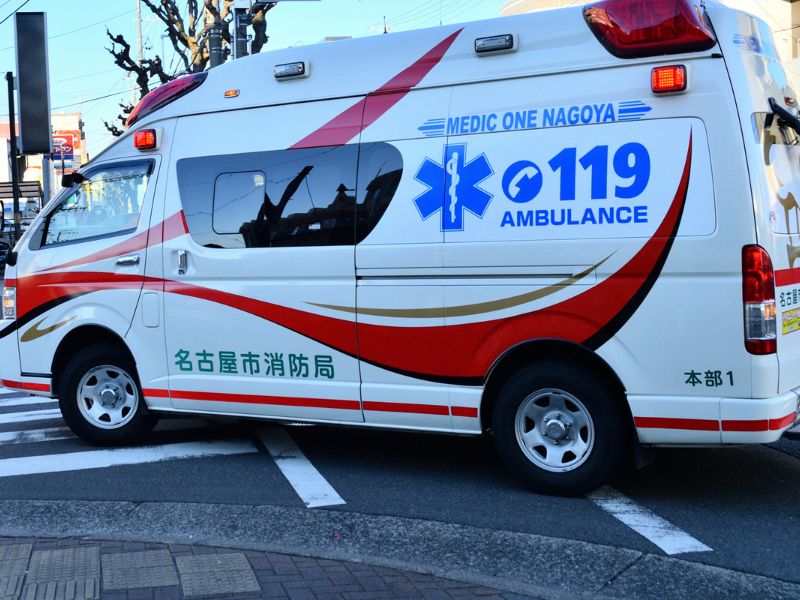
The Emergency Health System in Japan: Efficiency and Challenges
Organization and Functioning of the Japanese Emergency System
Description of the Emergency Healthcare System Structure
Japan has an emergency healthcare system as part of a broader universal health insurance system, ensuring all citizens the ability to receive necessary treatment. The system is structured into three levels, depending on the quality of treatment: primary, secondary, and tertiary. The first is represented by physicians and private clinics; the second, by general hospitals; the third, by premium specialist hospitals. When there’s an emergency, the number 119 is called, activating the ambulance. The patient does not pay for ambulance transportation, but treatment, once in the hospital, is subsequently paid for by their insurance plan.
Description of Challenges
Overall, the system works well, but there are some issues. For instance, people in need of care may struggle to find placement. Ambulances are often turned away by at least three hospitals before one accepts a patient, and this time can be fatal in cases of trauma or bleeding. A famous example occurred in 2006 when a pregnant woman had a brain hemorrhage, and her husband called the ambulance, but the first 19 hospitals turned her away. Following this incident, the Japanese Government introduced a system that mandates hospitals to take patients without exception.
Demographic Influence
With 28% of the population over 65, Japan is one of the world’s most aged countries. The elderly frequently utilize ambulances, which puts pressure on the healthcare system and increases emergency response times. To address this, various multi-specialty community care units have been established, both hospital-based and home-based where possible. Severe patients are transferred to specialized facilities.
Costs and Coverage
The cost is covered by public health insurance, while 30% of expenses are paid by the patient. Some do not pay, such as children, low-income elderly, and persons with disabilities. Additionally, there’s an out-of-pocket limit to protect patients from excessive costs. Patients often have to pay a deposit when receiving emergency care, which is reimbursed after treatment based on their insurance coverage. Japan’s emergency system is efficient but not without issues. Human resource management, population aging, and healthcare costs pose significant challenges that the country continues to address through ongoing reforms and innovations.
Sources


